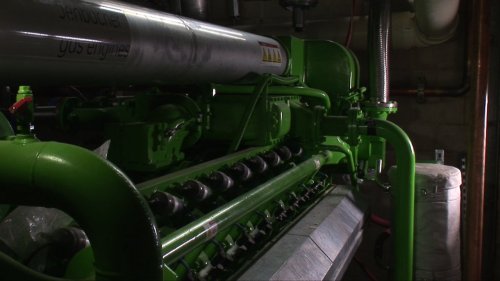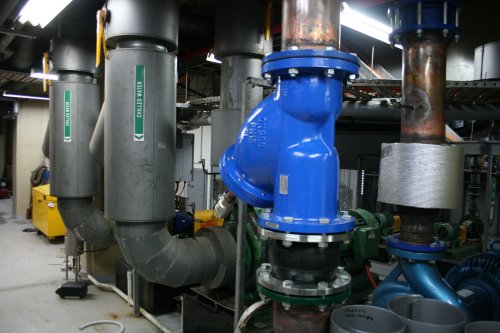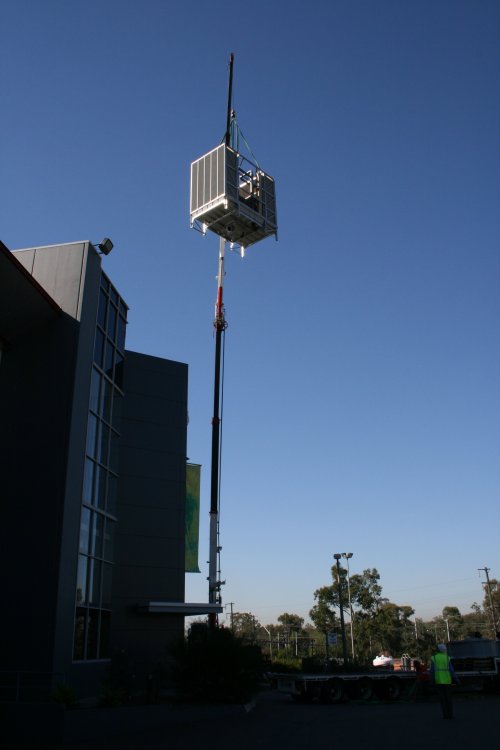Tri-generation plant at RSL
Installation expected to lower carbon emissions by 50%
Rooty Hill RSL has completed installation of a tri-generation power plant which is designed to future-proof its growing power requirements in a green and efficient way. At a total cost of more than $4.5 million, it is expected Rooty Hill RSL will lower its carbon emissions by 50% as a result of the installation.



The plant will operate during peak and shoulder periods, turning on when power prices increase during the day and turning off when energy prices revert to ‘off-peak’ rates later in the evening. In the case of a blackout, the tri-generation power plant, including the absorption chiller for air conditioning, will power the entire site using a demand management system.
Richard Errington, CEO of Rooty Hill RSL, said, “We intend to continue developing and expanding to meet the growing demand, and carry on into the future as a responsible and ecologically aware business.”
Tri-generation is the simultaneous production of three forms of energy: electricity, heating and cooling from a single system. A tri-generation power plant captures waste heat from electricity production and uses it to heat and cool buildings, improve energy efficiency and reduce greenhouse gas emissions. It is claimed to be nearly three times more energy efficient than a coal-fired power station.
Tom Russell, Group Director at Haron Robson, said, “The system in use at Rooty Hill RSL consists of a gas-fired 1000 kilowatt generator, together with an absorption chiller and various heat exchangers. Tri-generation represents a readily available mature technology that provides significant reductions in CO2 emissions, reduces running costs and provides backup power to the grid. This arrangement can increase the efficiency of the actual energy used from 35% (in the case of traditional coal-fired power) to over 80%.
A 2009 study on future New South Wales electricity demand by the University of Technology’s Institute of Sustainable Futures, found that decentralised energy and efficiency measures were cheaper and produced far less carbon emissions than either coal- or gas-fired power plants.
Despite the initial outlay, Rooty Hill RSL anticipates complete cost recovery within seven years and will service the construction cost without debt.
Partnership brings innovative fuel solutions to Gippsland
A study by European Energy Australia and Opal at the latter's Maryvale Paper Mill will assess...
Data centres — a missed opportunity for sustainability
The question is no longer whether we need data centres, but how we plan, locate and govern...
Sodium-ion battery may provide greener energy
Scientists say sodium-ion batteries may be the answer to the future of sustainable energy storage...








